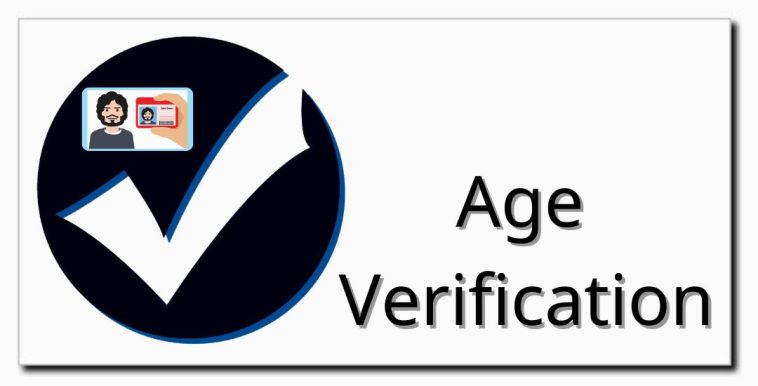Age verification is an important part of today’s digital society. It entails employing a variety of ways to validate an individual’s age before providing them access to age-restricted material or services. This may range from something as simple as requesting a date of birth to more complex technologies such as biometric scanning. Age verification has become a significant source of worry in recent years as governments worldwide attempt to enact rules and regulations to protect kids from exposure to unsuitable information. Let’s look at the complex network of laws and regulations that regulate age verification.
Age Verification’s Importance
Age verification is more than just legalese; it’s a vital gear in the engine of online safety. Knowing how to check consumer’s age is critical when viewing sensitive information.
Different Countries’ Age Verification Laws
The United States
The United States, with its federal government, presents unique obstacles to age verification. The Children’s Online Privacy Protection Act (COPPA) establishes the precedent. Non-compliance with COPPA may result in hefty penalties, emphasizing the significance of strict age verification methods.
The European Union
GDPR or the General Data Protection Regulation, is the EU’s cornerstone data protection legislation and Age Verification. It forces corporations to get verified parental authorization for individuals under the age of 16, demonstrating Europe’s seriousness about age verification.
The United Kingdom
The United Kingdom takes age verification to the next level. Its Digital Economy Act requires businesses to do extensive age checks. The goal is making the digital space more secure and responsible.
Other Countries
Age verification rules range in severity from Australia to Japan. The Broadcasting Services Act establishes rules for Australian internet content service providers. In the meanwhile, Japan requires rigorous age identification cards for purchasing specific commodities.
Advances in Age Verification Technology
Traditional ways must be abandoned; technology improvements are here to stay. Innovative methods are making age verification easier than ever. These systems utilize data analytics and artificial intelligence to ensure that the proper audience can access age-appropriate information.
Age Verification and Business Compliance
Buiness owners should beware because failure to comply is not an option. Those who fail to deploy proper age verification methods will face fines and penalties. The financial repercussions are far-reaching, ranging from GDPR fines in Europe to FTC lawsuits in the United States. As a result, businesses should make investing in a strong online age verification system a major priority.
Obstacles & Difficulties
Age Verification is difficult. Concerns about data privacy and the possibility of identity theft cannot be overlooked. Balancing verification and individual privacy rights will continue to be a difficulty.
Prospects for the Future
What’s on the horizon for age verification? Biometrics, blockchain technology, and machine learning are making their appearances. These technologies have the potential to make age verification faster, safer, and more efficient, providing another degree of protection to our increasingly digital lives.
The Social Impact of Inadequate Age Verification
When discussing age verification, it’s easy to get caught up in the legal and technical jargon. However, there is a social component to consider. Inadequate age verification can have severe consequences. Younger audiences, for example, may be exposed to unsuitable or dangerous information, ranging from violent video games to explicit websites. On the opposite end of the scale, older persons may become victims of age-related fraud. As a result, a lack of effective age verification methods can expose vulnerable groups to a variety of online threats, demonstrating that this is more than simply a problem of compliance but also of social responsibility.
The Role of User Experience in Age Verification Systems
User experience in age verification systems is sometimes disregarded, although it is critical for successful implementation. A complicated system might annoy users, causing them to leave a sign-up process or transaction, severely impacting revenue. A system that is overly basic, on the other hand, may fail to fulfil legal standards or be easily circumvented, negating its purpose. Designers have the difficult issue of building a user-friendly and robust verification mechanism. Striking this balance is critical to ensuring that age verification performs its intended function without impeding user engagement.
Conclusion
Age verification is an area that is constantly changing, from regulations in the United States to cutting-edge technical breakthroughs. It is a basic part of internet safety and ethical business practice, not just a compliance concern. It is growing more complex, interconnected, and important than ever before. And in this ever-changing digital scene, the sentinel guarantees that only those who should be let in do so.




